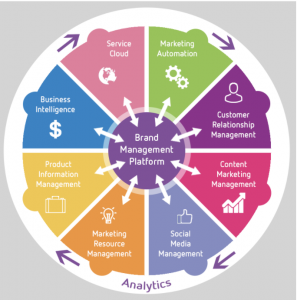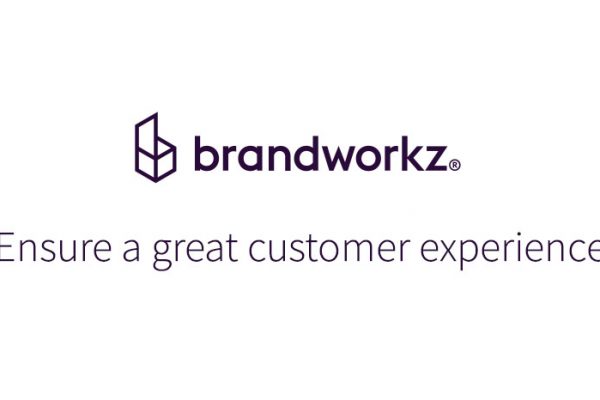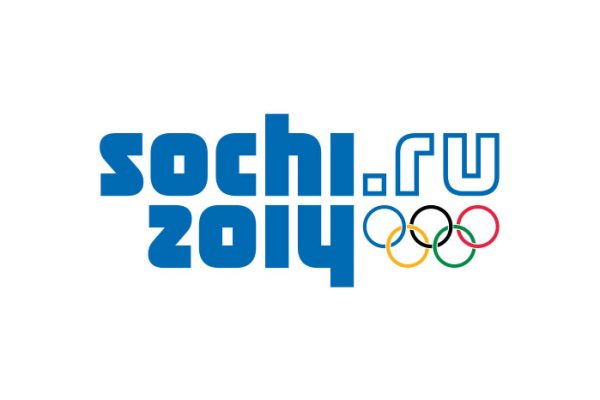Phenomenal growth in the martech landscape has changed the way marketers buy and use software. Martech ‘stacks’ are being built; clusters of integrated technologies that enable users to perform, analyse and improve marketing initiatives.
One change driving martech adoption is the shift in focus from simply promoting brands to delivering excellent customer experiences. That requires curating the entire customer journey — from customers finding your brand initially all the way through to interactions with your content and social media, telephone or face-to-face conversations, the purchase, and ongoing customer service post-purchase. Every stage of the customer relationship is crucial, and your brand needs to be consistent throughout.
Martech tools need to be connected so that they can function in a unified, real-time way to facilitate the customer journey. Creating a powerful martech stack requires careful evaluation of software tools, features and capabilities, but also a deep understanding of how those tools and applications will be used together.
However, there is one marketing platform that, in order to make the stack operate effectively, is a must-have. That is what we are going to talk about here.
Additional resources: Brand consistency is a central outcome that your brand management system needs to deliver. For a practical look at how that can be achieved, check out our new resources — The Brand Consistency Toolkit.
What is a Brand Management System?
A Brand Management System (sometimes called a Digital Asset Management System) sits at the heart of your marketing ecosystem. It’s the central content hub, the single source of brand assets, campaign elements and brand guidelines. It feeds out approved, brand-compliant content to the myriad of other marketing systems, ensuring that every piece of communication is on-brand and consistent.
Fundamentally, a brand management system is there to help solve the major challenges faced by brand managers and aid you with your brand control strategy. The diagram below shows how a Brand Management System connects the dots between marketing departments and software platforms making sense of data, efficiently using digital assets and building a collaborative team.
Your brand management system = efficiency
Placing a brand management system at the heart of your marketing ecosystem brings a number of critical advantages. It becomes far simpler to provide access to branded material, track assets and manage communication. This applies on a system-wide level, but also simplifies how individuals log in and find images or logos themselves. There are five main reasons this is the case —
- A single digital asset distribution centre: Every brand asset (think logos, images, videos), every campaign, every advertising layout or template, presentations, documents, TV ad is approved, stored and managed in one place, in the cloud. When there’s a complex martech stack, it’s crucial to ensure that all systems are supplied with authorised digital assets, in an automated way.
- System flexibility: Each integration accesses only the images or materials required by the connected platform. For example, an integration with WordPress, the web CMS technology, would only allow images in the Brand Management System approved for web to be available in WordPress, or to the web team themselves. The CMO can decide which team has access to what content. The key is that team members can take the initiative in finding the right materials they need without constantly sending requests to the CMO.
- More effective and efficient working: A brand management connector to other martech systems means it’s possible to load files directly from the brand management system straight into whichever systems or products the business uses. Having these files available for marketers and creatives within the tools they use every day allows them to work more effectively and efficiently.
- No more duplicating assets: Once an approved digital asset is uploaded to the brand management tool, the same asset is called through to every marketing platform it’s allowed to be used in. For example, if Hootsuite is used for social media management, the images, videos and templates required in social media channels will appear in Hootsuite automatically. No need to download and re-upload. This solves a huge image management and brand consistency problem. Without brand management tools, every one of your martech platforms will hold a version of a master artwork. If one needs to change, does everyone remember to update with the correct version?
- Every platform gets the most up-to-date digital assets: Upload a new version of an asset to your brand management platform and the changes will be reflected instantly in the platforms and different media channels where those assets are used. It’s only necessary to update one master artwork, and the image is pulled across in the right format and size for each channel.
Taken together, an effective brand management system allows you to minimise duplicate work and maximise control over the images, graphics and more that make up your brand. However, there are better and worse ways to build a brand management system.
👉Now you know what a brand management system is, further your knowledge on brand consistency in this article >> How to Ensure Brand Consistency Across Every Channel👈
Brand management software vs a brand management system
Your brand management system could be a single piece of software, or be made up of several interlocking solutions. A lot of brands find themselves using a range of ad hoc tools, if only because of legacy purchasing decisions — similar to how martech stacks grow in general. Multiple tools can make it easier to customise how you work. However, more tools can also create more moving parts, which can actually hinder customisation and flexibility.
Brand management software (BMS), sometimes called brand asset management (BAM), is really just another synonym for brand management system. However, it’s also making things more specific. For example, you could define brand management software as the delivery of a brand management system in a single package. That means you only need to make one right decision in order to guarantee the outcomes we’ve discussed here.
Good brand management software will also pull additional marketing tools into that central hub of your brand management system. For example, adding workflow management capabilities or advanced templating and brand guidelines software to the central platform you use to store and access your digital assets.
Realistically, the important thing here is that your brand management system works seamlessly with itself and your wider marketing and business environment. That comes down, in large part, to integrations. Of course, the fewer tools you have… the easier that’s going to be.
Suggested reading: For more details on the pros and cons of simplifying your martech, check out our recent post — Is Your Marketing Stack Getting Out of Control?
Why we built Brandworkz
Brandworkz is brand management software that we’ve been honing for more than a decade to deliver a customisable brand management system and provide all of the efficiency and control you need to stay focused on creativity and create brand consistency across every channel. Don’t forget that your real goal here is to create quality branded experiences for potential customers and existing customers.
We aren’t the only solution in town. However, we can guarantee our ability to deliver you all of the benefits discussed here. For more details, drop us an email at info@brandworkz.com or ring us at +44 (0)20 7288 9700 to find out how to integrate this platform into your existing system.






